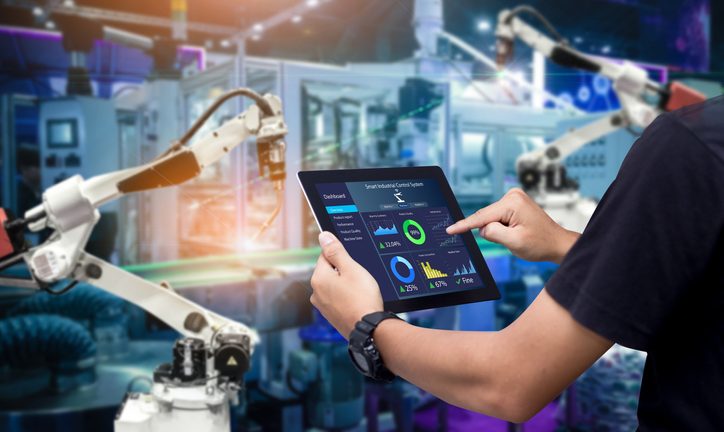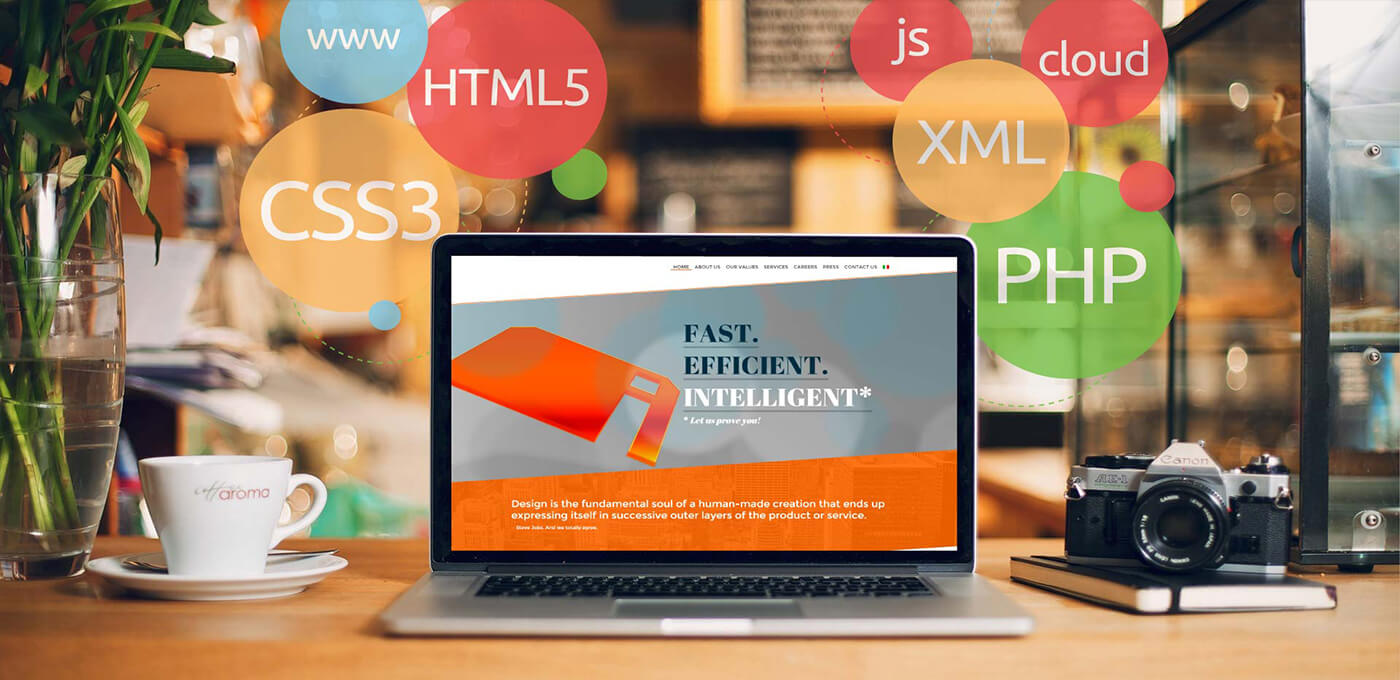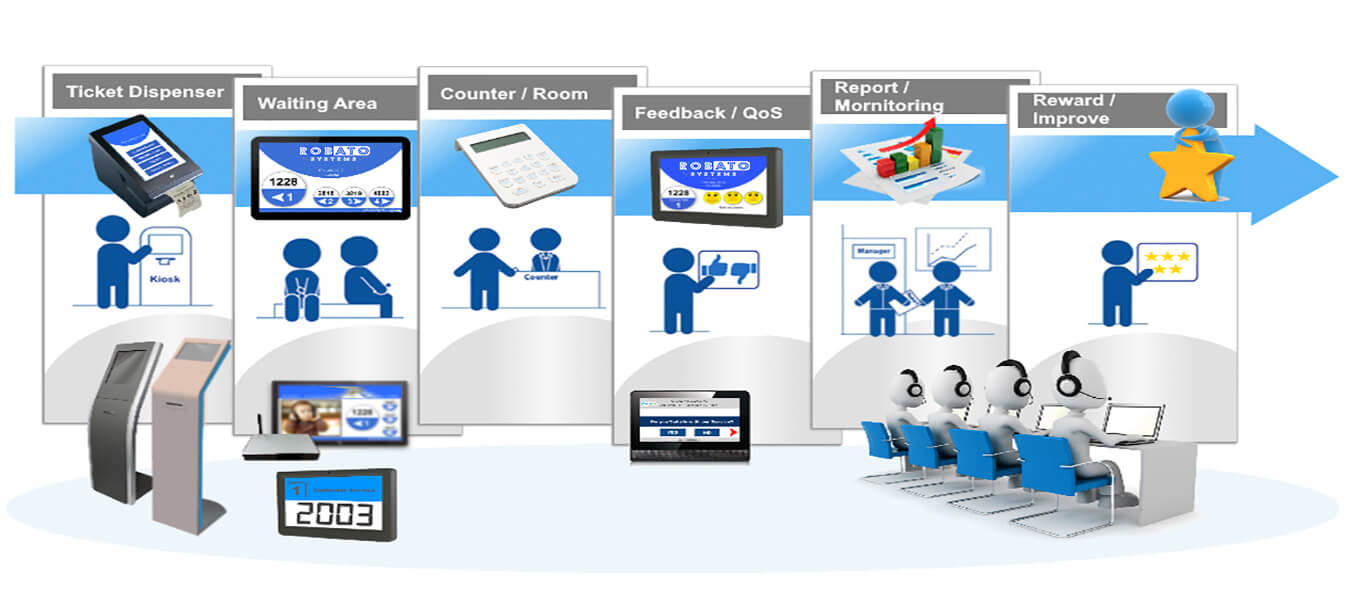Mobile apps have taken over and have become a catalyst for digital convergence. They are helping enterprises offer exceptional customer service, setting new standards, and ensuring structured digital expansion like never before.
Start-ups and scaled IT organizations are aggressively using MVP as an initial step to develop a successful Mobile app.
MVP is used to create a fundamental product with a minimum feature set. If the initial version is effective, then it will help you build a full-fledged and scaled product.
As per the industry stats:
- Almost 42% of start-ups fail due to a lack of market demand.
- Approximately 29% of start-ups fail because they run out of cash.
- If scaled properly, a start-up can grow 20 times faster than conventional companies.
- Almost 50% of entrepreneurs realize that their product is not getting any traction as their hypothesis was wrong, and that too after spending months on the development process.
App development is an
expensive affair, and to meet up the cost of app development, an entrepreneur
needs serious and constant funding. It is important to prevent going all-in
approach with a new idea, instead, business owners must test and validate the
product beforehand. Developing an MVP is certainly the best option under such
circumstances.
What does an MVP mean?
MVP is also known as
Minimum Viable Product, which is an initial version of the mobile application
that encompasses minimal features that can meet the user requirements and helps
you fetch the early user data to validate the app’s usability.
Building an MVP aids your
business to evaluate the mobile app and business idea with the bare minimum
cost. MVP focuses on the core functions for future app development.
Why should you consider
building an MVP for your mobile app?
Building an MVP is a
structured process of developing a fresh software product with the core
functionality and a minimum number of features possible. It conducts user
response testing and evaluates the overall viability of the system and business
idea.
Here is why you must consider building an MVP for your mobile app:
- Speed up the information needed to develop an MVP solution.
- Assess product hypotheses with the minimum resources.
- Deliver a product quickly, which can solve at least one problem for early users.
- Saving development efforts and time, deliver an app to a “workable” state.
- Develop a benchmark to analyze user behavior and drive business in the right direction.
- Perform groundwork for other projects.
Benefits of developing an
MVP
MVP comes with a plethora
of benefits, and that is the reason why it has become the most popular add
development methodology among start-ups and even scaled businesses.
Let’s check out some
important benefits of MVP development:
- - It will help you in capturing user requirements and
market demand.
- - It helps you to have a clear corporate vision for a
specific mobile app.
- - The MVP app development allows you to develop and
launch your product with minimal cost and effort.
- - It enables you to concentrate on the app’s underlying
functionalities and understand what works and what does not.
- - It will enable you to communicate
with clients early and accomplish the intended outcomes as quickly as
possible.
How to Develop an MVP for
Your Mobile App
To develop a successful
MVP for your mobile app, you must follow this product development lifecycle:
Kickstart with Market Research
–
At times, an innovative
and unique idea fails to address market needs. To prevent such a situation, you
must kickstart in-depth market research to determine the target users and
ensure your idea fulfills their needs.
Market research could be
conducted using surveys and online Q&A sessions. While conducting a market
survey, you must keep a close eye on your rivals, their products, and their
strategies.
Ideate on Value Addition –
A product must offer
adequate value to the user; it must provide some sort of benefit to its end
user. The value proposition of your MVP must be clearly defined, as that will
help you keep your product development on track.
As far as an MVP is
concerned, it must provide a certain value to the user in its basic state. In
this stage, you must outline your users, and their expectations, which will
help you develop a suitable MVP solution.
Map Out User Flow –
This is the design phase,
and it is very important for your app’s development. You must look at the app
from the customer’s perspective and accordingly create workflows and
wireframes. The user flow must be maintained, as it will help you develop the
capabilities in the future.
While defining the user
flow, you must define all the necessary steps to accomplish the main objective
of your mobile app.
You must remain focused on
adding the basic tasks and some innovative features as well. Once the procedure
stages are well defined, you can go ahead and define the features and
functionalities of each intermittent step.
Prioritize MVP Features –
At this step, you must
prioritize all the functions and features your MVP is going to support. To
perform it, you should ask some questions like: What do the users need? Is this
mobile app offering something valuable to its users?
Now you need to classify
all the MVP features based on low, medium, and high priority. Once this is
completed, you must arrange the features in the product backlog. This is the
point when you will get an initial look at your MVP prototype, From this point
on, you can work on MVP development using technology and tools.
Develop and Launch MVP –
Once the user requirements
and features are determined, you can kickstart the product development
lifecycle process. You must use a technology stack to build the software, and
you must ensure the MVP is a high-quality product with fewer features but still
needs to cater to the customer’s requirements.
The MVP must be engaging,
suitable for the users, and very easy to use.
Iteration of Build,
Measure, and Learn – Once the mobile app is developed and launched in the
market, you must get user feedback and make the necessary course corrections
wherever required.
This is a constant process
where app developers, software testers, quality assurance experts, and
deployment professionals work together to optimize the existing product. It
will help you to evaluate the competitiveness and acceptance of your app based
on users’ comments.
How does MVP development
help you raise funds easily?
When discussing
fundraising with investors, MVP gives you leverage. Here are three leverages an
MVP provides you:
Product development with
minimal risk and investment
It is too risky to invest
in full-fledged mobile app development. A large part of funds is spent on the
product development lifecycle, but at the same time, it is vital to determine
if your product is functionally accurate and market ready.
With an MVP, you get an
alpha version of your mobile that has been developed at a fraction of the cost
with maximum advantage. It also lets you reduce the app improvement cost, as
you can discover the flaws at the early stages.
Initial feedback –
Getting feedback from your
early users plays a pivotal role in the success of your mobile app. User input
at an early stage helps you determine if your app development is on the correct
path or not. With initial user feedback, you can swiftly pivot, mitigate gaps,
resolve concerns, enhance security, and make your app better.
How to Get Investors
Onboard While Developing an MVP?
Now that you have
developed an MVP of your mobile app, it’s time to raise the necessary fund to
support further app development activities. You must do the following while
looking for potential investors:
Envision the future –
It is important to
envision the future in your mind while marketing your idea to potential
investors. You must emphasize the potential, ability, scalability, and future
expansion of your app to instill confidence in your investors.
Find potential investors.
It doesn’t matter if you have a unique idea, it always takes time and effort to
get funds for new products, services, or mobile applications. It is important
to find possible investors at various forums. You must study their vision,
corporate objectives, and past MVP investments before you can kickstart the
next phase of pitching.
Make an appealing pitch to
potential investors –
Once you have the
potential investors, you must be ready to pitch your idea to them. You should
be capable enough to showcase the MVP features, potential ROI, potential
challenges, and various other aspects to generate interest in your investors.
Fortify your capital base-
You must optimize your
cash position and other financial aspects before showcasing your concept to
potential investors. You must calculate your burn rate and monthly cash flow to
ensure that you have sufficient cash in hand to sustain your business in the
event of unavailability of funds.
Your funding partners post
MVP stages
Let’s have a look at the
primary sources of funding you must approach during the seed funding and
pre-seed funding rounds:
Friends and family – They are the first source of funding for anyone, and
they are the first person who believes in your idea and remains supportive of
the entire product development process. However, you must remember that they
are taking a huge risk by investing in your idea. Hence, you must give them
adequate respect and treat them as investors.
NGOs and finance
institutions –
NGOs and other small financial institutions usually invest in businesses to
create jobs and improve economic development. They prefer to invest in business
ideas that can benefit the LMI (low to moderate-income) communities. You can
prepare your pitch accordingly to make it a success.
Venture capitalists and
angel investors –
Venture capitalists and angel investors are usually HNIs (high-net-worth individuals)
who prefer to put their money in early-stage companies in trade for equity.
Such individuals usually prefer high-growth organizations, and they can
certainly fund your idea if they envision high potential in your MVP.
Government Agencies – State, federal, and local governments run a wide range
of programs and offer various financial incentives to stimulate economic
development and entrepreneurship. You can pitch your idea and expect financial
assistance in the form of grants and loans.
Crowdfunding – It’s a comparatively new method of raising funds by
pooling small amounts of money from a sizeable number of people. You can create
an interesting story about your business idea and showcase its business case
and potential to generate excitement and interest among potential investors.
Conclusion
An MVP development is a
critical step that ensures adequate funding for your mobile app
development. You must develop an on-demand food delivery app that
not only helps you draw the interest of your investors and early users but also
secures the necessary funds to help you with app development and other
activities.
There are various organizations,
such as WhatsApp, Uber, and Airbnb, that began as MVPs and have now transformed
into highly successful products down the line. In a nutshell, an MVP assures
that you can offer an extendable and scalable mobile app to your customers.


















